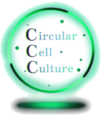
-
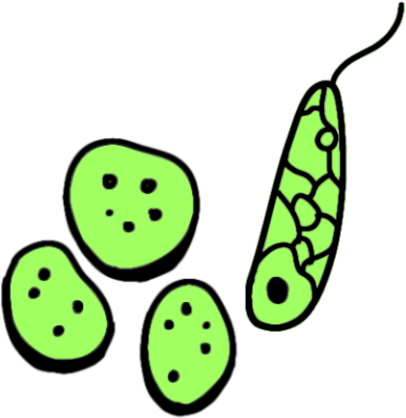 Algae-derived basal mediumDevelopment of nutrient supply technology through algae cultivation and algae decompositionoutline
Algae-derived basal mediumDevelopment of nutrient supply technology through algae cultivation and algae decompositionoutline -
 Animal-free mediumDevelopment of cell culture technology without animal serumoutline
Animal-free mediumDevelopment of cell culture technology without animal serumoutline -
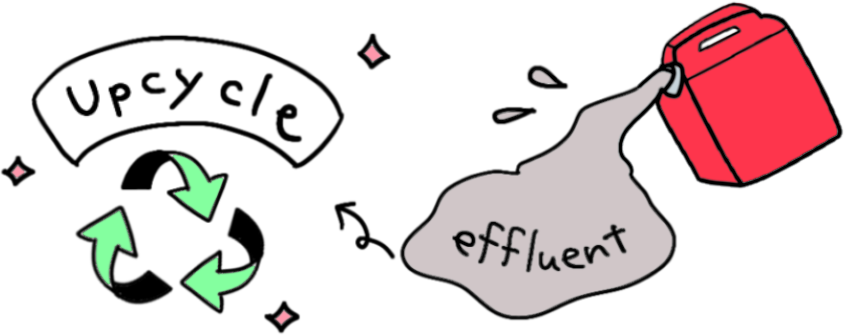 Waste medium upcyclingDevelopment of algae culture technology using animal cell culture waste mediumoutline
Waste medium upcyclingDevelopment of algae culture technology using animal cell culture waste mediumoutline -
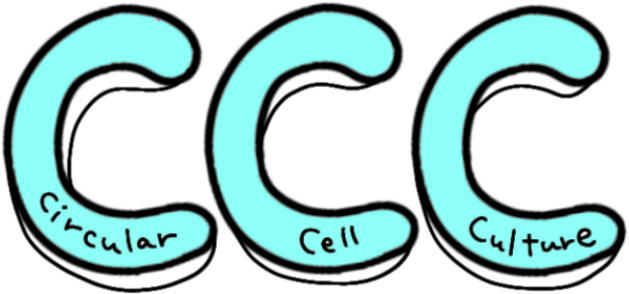 Circular cell cultureDevelopment of the circular cell culture systemoutline
Circular cell cultureDevelopment of the circular cell culture systemoutline -
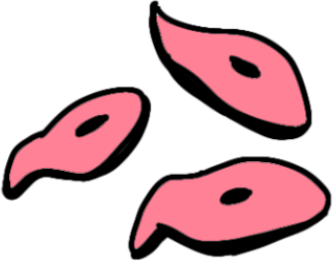 Mass culture of cellsDevelopment of mass culture technology for cells used as food materialsoutline
Mass culture of cellsDevelopment of mass culture technology for cells used as food materialsoutline -
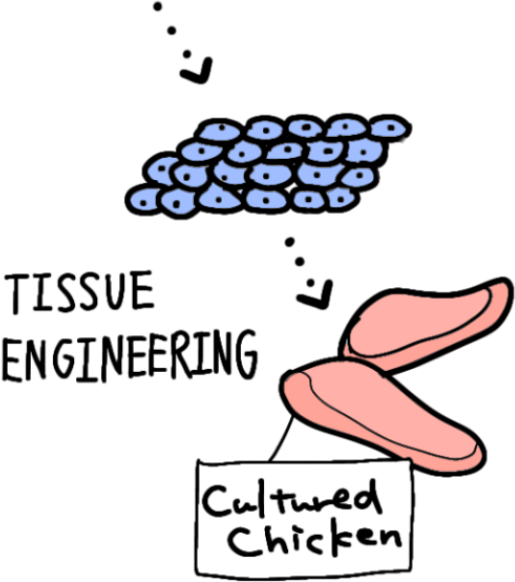 Production of cultured foodDevelopment of cultured food production technology using 3-D organization of animal cellsoutline
Production of cultured foodDevelopment of cultured food production technology using 3-D organization of animal cellsoutline -
 Social implementationLife cycle assessment, legal issues, improvement of social acceptance, and about CCCoutline
Social implementationLife cycle assessment, legal issues, improvement of social acceptance, and about CCCoutline -
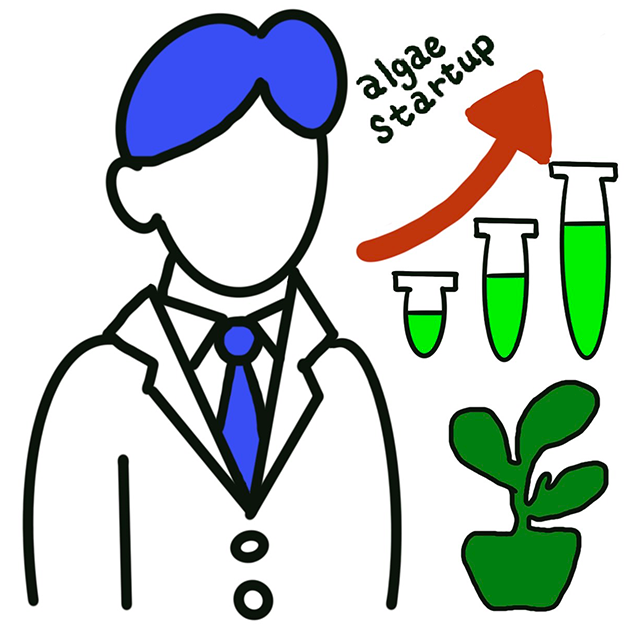 commercializationCommercialization of Algae-Based Culture Medium and Wastewater Upcycling Technologyoutline
commercializationCommercialization of Algae-Based Culture Medium and Wastewater Upcycling Technologyoutline -
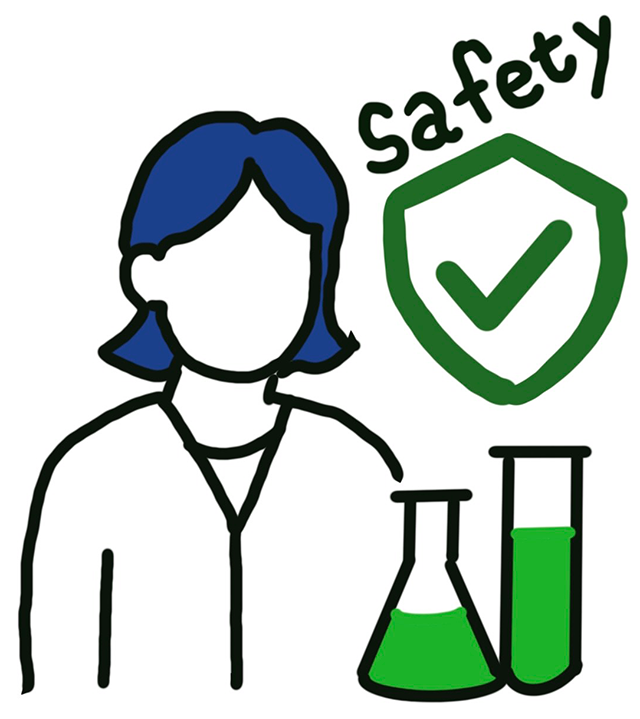 Safety assessmentSafety Assessment of an Algae-Derived Culture Medium and the Cultured Meat Produced Using Itoutline
Safety assessmentSafety Assessment of an Algae-Derived Culture Medium and the Cultured Meat Produced Using Itoutline -
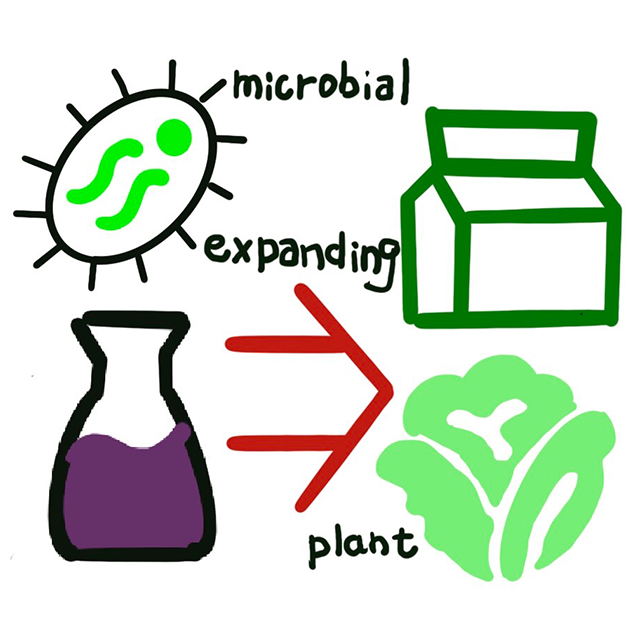 Application and developmentApplication Development Utilizing Algae-Derived Culture Medium: Cultivation of Beneficial Substance-Producing Microorganisms and Plant Growthoutline
Application and developmentApplication Development Utilizing Algae-Derived Culture Medium: Cultivation of Beneficial Substance-Producing Microorganisms and Plant Growthoutline
Development of nutrient supply technology through algae cultivation and algae decomposition
In this theme, we have been studying on selecting algae to be used in a circular cell culture (CCC) system and developing technology to supply nutrients to muscle cell proliferation.
Selecting algae suitable for CCC based on two conditions. (1) Nutrients necessary for muscle cell proliferation can be efficiently extracted from the organic matter produced by photosynthesis. (2) It is easy to grow in a culture medium made from recycled waste medium from muscle cell proliferation.
In addition, with the premise of supplying muscle cell proliferation with nutrients suitable for culturing cells, such as glucose, amino acids, and vitamins, we have been developing technology to decompose organic matter from selected algae using various methods and extract nutrients.
Development of cell culture technology without animal serum
In this theme, we have been studying how to supply growth factors in the CCC system.
In normal cell culture, growth factors such as bovine serum are added externally. The CCC system aims to establish a low-cost, self-contained system by enabling the expansion of muscle cell proliferation.
First, we will develop a culture amplification technology for animal muscle cells. When cells are cultured in a medium, a culture supernatant is obtained. When cells that secrete growth factors are cultured, a culture supernatant rich in physiologically active substances such as growth factors and hormones is obtained. In our study, we are culturing multiple growth factor-secreting cells and using the culture supernatant to culture animal muscle cells.
Next, we examine in detail the growth factors that promote the expansion of animal muscle cells, which are used as food ingredients, and select cells that secrete growth factors suitable for each type of meat.
By culturing the growth factor-secreting cells and muscle cells selected in this way, it is possible to expand animal muscle cells without adding external serum or growth factors.
Development of algae culture technology using animal cell culture waste medium
In this theme, we have been studying on a technology that allows the culture medium used to culture animal muscle cells to be reused for growing algae, without having to throw it away. This technology will help solve environmental pollution caused by waste medium generated during the culture process, which is an important issue in current cultured meat study.
During the study process, when algae were cultivated using waste fluid from mouse myoblast cell culture, it was confirmed that ammonia and other substances contained in the waste medium became nutrients for the algae and were consumed.
Based on these results, we will further analyze the components of the culture waste medium, separate and select the components necessary for growing algae, and develop technology to recycle them as algae culture medium.
Development of the circular cell culture system
In this theme, we have been developing the circular cell culture (CCC) system, which is a circular culture process that connects three processes: nutrient supply, cell proliferation, and waste medium recycle.
From the perspective of operating CCC stably and efficiently, we design a method for connecting processes, select parameters suitable for monitor in each process, and develop technology that incorporates monitoring and control.
In our study to date, we have succeeded in linking the cultivation of animal muscle cells using nutrients extracted from algae and the cultivation of algae using recycled waste medium after culturing animal muscle cells.
In addition, when performing circulating culture using the culture supernatant of rat liver-derived cells, it was confirmed that animal muscle cells and algae proliferated at approximately the same rate in two consecutive cycles.
In the future, we will work to further improve the efficiency of each process and increase the number of CCC cycles.
Development of mass culture technology for cells used as food materials
In this theme, we will establish techniques for producing tissue parts such as cell fibers and cell sheets, which are the building blocks for the 3-D organization of animal muscle cells.
By utilizing several tissue engineering techniques that have been developed in regenerative medicine study to date, we fabricate 3-D tissues from cells and produce cultured chicken, pork, and beef.
Furthermore, by combining animal muscle cells with multiple cells such as fat cells and algae, we aim to produce cultured food that is comparable to current food in terms of taste, nutrition, and texture.
Development of cultured food production technology using 3-D organization of animal cells
In this theme, we have been studying on the development of a new circular cultured food production system that integrates the CCC system and 3-D organization technology.
First, we will design and construct a new system that connects a series of processes in an aseptic manner, and verify the prototype.
And then, the production process will be monitored and controlled to optimize cultured food quality and production efficiency.
Through this study, we aim to build a bioeconomic cultured food production system.
Life cycle assessment, legal issues, improvement of social acceptance, and commercialization about CCC
About life cycle assessment
It is predicted that if cultured meat production relies on fossil fuels, we will produce more greenhouse gases than usual livestock farming. The CCC system is expected to reduce environmental impact because it actively uses renewable energy.
About development of legal systems
In Japan, the “Parliamentary Federation for the Promotion of a Sustainable Society through Cellular Agriculture” was established in June 2022. Additionally, research teams set up by the Ministry of Health and Welfare and the Cabinet Office Food Safety Commission started considering hazards and risks related to food safety. When creating rules, it is necessary to ensure the safety of culture medium components, raw materials, and manufacturing processes for cell-based foods.
About improvement of social acceptance
There are many issues concerning food facing us in the future. We provide accurate information on safety so that everyone can eat cultured meat with peace of mind. In order to popularize cultured meat, it is also important to supply cultured meat that is more delicious and healthier than existing foods at a reasonable price.
The mission of this project is to quickly realize the practical application and widespread use of a new circular cultured food production system using the CCC system and 3-D organization technology. We aim to create a society where everyone can eat cultured meat with peace of mind, leading to sustainable food supply and global environmental conservation.
Commercialization of Algae-Based Culture Medium and Wastewater Upcycling Technology
In this theme, we are focused on commercializing the outcomes of the project's research and development.
In parallel with the development of the CCC system, we are proceeding with commercialization by managing the intellectual property of the developed technology, creating a business plan, and establishing a startup.
We are proceeding with the following preparations for commercialization:
Technical Development:
Selection of proprietary algae strains and optimization of culture conditions for the developed strains.
Verification of the safety of the algae-derived culture medium and the post-upcycling wastewater.
Business Development:
Evaluating the potential for domestic and international product launches.
Exploring potential partnerships and opportunities for collaborative research.
Safety Assessment of an Algae-Derived Culture Medium and the Cultured Meat Produced Using It
In this theme, we are conducting a safety assessment of an algae-derived culture medium and the cultured food produced with it, in preparation for their practical application.
Although the nitrogen-fixing algae used in our research is known to be non-toxic, its lysate contains various molecules in addition to basic nutrients. It has been shown that for animal cell culture, this lysate contains substances that are both promotional and inhibitory.
Therefore, it is necessary to conduct more detailed analysis to clarify the differences in chemical composition based on the decomposition method. We must also optimize the various decomposition conditions and their combinations and, where necessary, perform fractionation to ensure safety.
Application Development Utilizing Algae-Derived Culture Medium: Cultivation of Beneficial Substance-Producing Microorganisms and Plant Growth
In this theme, we are developing applications for our algae-derived culture medium, focusing on the cultivation of bacteria that produce beneficial substances and the growing of plants for use as a food source.
For the commercialization of our algae-derived culture medium, we see the following opportunities and are taking corresponding actions:
Potential:Beyond animal cell culture, it holds promise for use as a novel source of glucose and amino acids and for applications in plant cultivation.
Initiatives:To demonstrate an advantage over existing methods, we are focused on improving the cultivation efficiency for each target organism and enhancing the overall utility of the medium.
